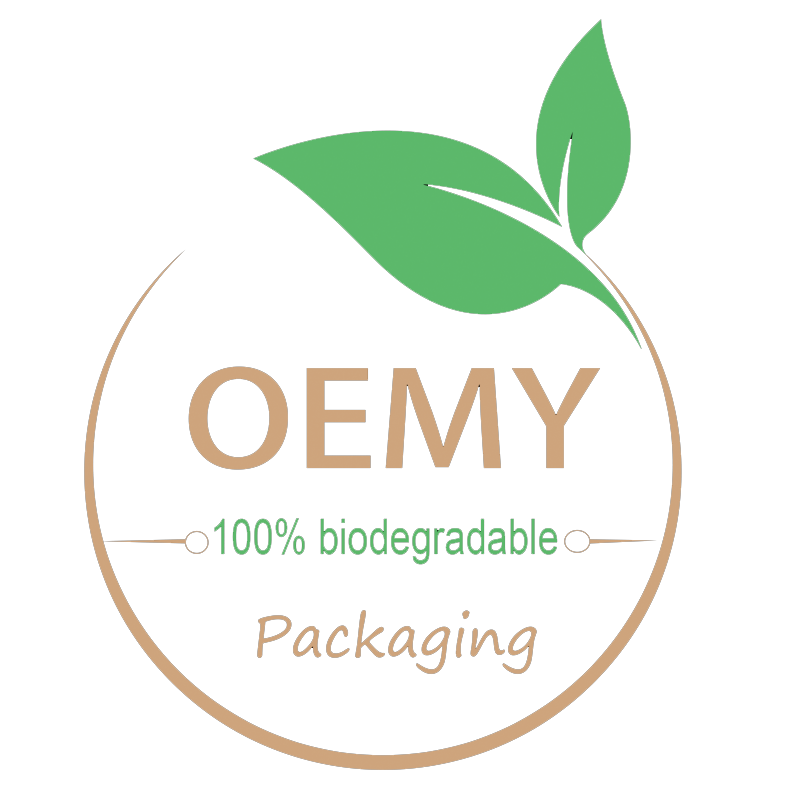NEWS
In the food, daily chemicals, medicine, e-commerce and other industries, the choice of packaging bags directly affects the product's preservation effect,
transportation safety and brand image. However, faced with a variety of packaging materials on the market, many companies are often confused when choosing.
Material, thickness, sealing, barrier performance, environmental protection, durability and printing effect are the seven key factors for evaluating packaging bags.
1. Material: Determine the basic performance of packaging
Packaging bags of different materials are suitable for different product needs. Common materials include PE, PP, PET, PBAT, VMPBAT, PLA and aluminum
foil composite materials.
Food packaging: PE or PP materials are usually selected to ensure safety and non-toxicity.
High barrier packaging: Aluminum foil or aluminized film is suitable for products that need long-term preservation, such as coffee, nuts, etc.
Expert advice: Choose the right material according to the characteristics of the product to avoid packaging failure due to improper materials.
2. Thickness: Affecting the protective ability of the packaging
The thickness of the packaging bag directly affects its compression and puncture resistance.
Ordinary goods: Moderate thickness can meet daily needs.
Heavy or sharp objects: need to be thickened to prevent damage during transportation.
3. Sealing: ensure product safety
Good sealing performance prevents air leakage and liquid leakage, especially liquid or powdered products.
Heat seal strength: It is an important indicator to measure sealing performance, and the seal must be firm.
Application scenarios: Liquid products such as sauces and detergents have higher requirements for sealing performance.
4. Barrier performance: extend the shelf life of products
The barrier property of packaging mainly refers to the ability to block external factors such as oxygen and water vapor.
High barrier materials: such as aluminum foil composite film, suitable for easily oxidized products.
Ordinary materials: such as PE bags, suitable for short-term preservation of fruits and vegetables.
5. Environmental protection: in line with modern consumption trends
With the improvement of environmental awareness, degradable materials and recycled plastics have become industry trends.
Degradable packaging: such as PLA, PBAT and other materials, suitable for brands with high environmental protection requirements.
Recycled materials: such as rPET, meet the regulatory requirements of some countries.
6. Durability: Coping with transportation challenges
Packaging bags need to have certain tensile strength and wear resistance to cope with various challenges during transportation.
E-commerce packaging: Special attention should be paid to durability to prevent damage during transportation.
Improvement plan: Strength can be improved by adding a reinforcement layer or using a composite process.
7. Printing effect: Enhance brand image
The printing quality of packaging directly affects the appearance and brand image of the product.
High-precision printing: Suitable materials and surface treatment processes need to be selected.
Environmentally friendly ink: Meet food safety standards to avoid contaminating products.
[Conclusion]
Choosing a suitable packaging bag requires comprehensive consideration of many factors. It is recommended that companies make targeted choices based
on product characteristics, transportation conditions and environmental protection requirements.
Awesome! Share to:
Related Posts
- ◉ The Pet Economy Demands Better Packaging - Here's What's Changing
- ◉ Coffee Packaging Preservation Technology That Extends Freshness
- ◉ Flexible Packaging Solutions That Support the Circular Economy
- ◉ Are Stand-Up Pouches the Ultimate Solution for Convenient Consumption?
- ◉ Green Packaging Solutions That Actually Deliver on Sustainability
Get in Touch
*We respect your confidentiality and all information are protected.
